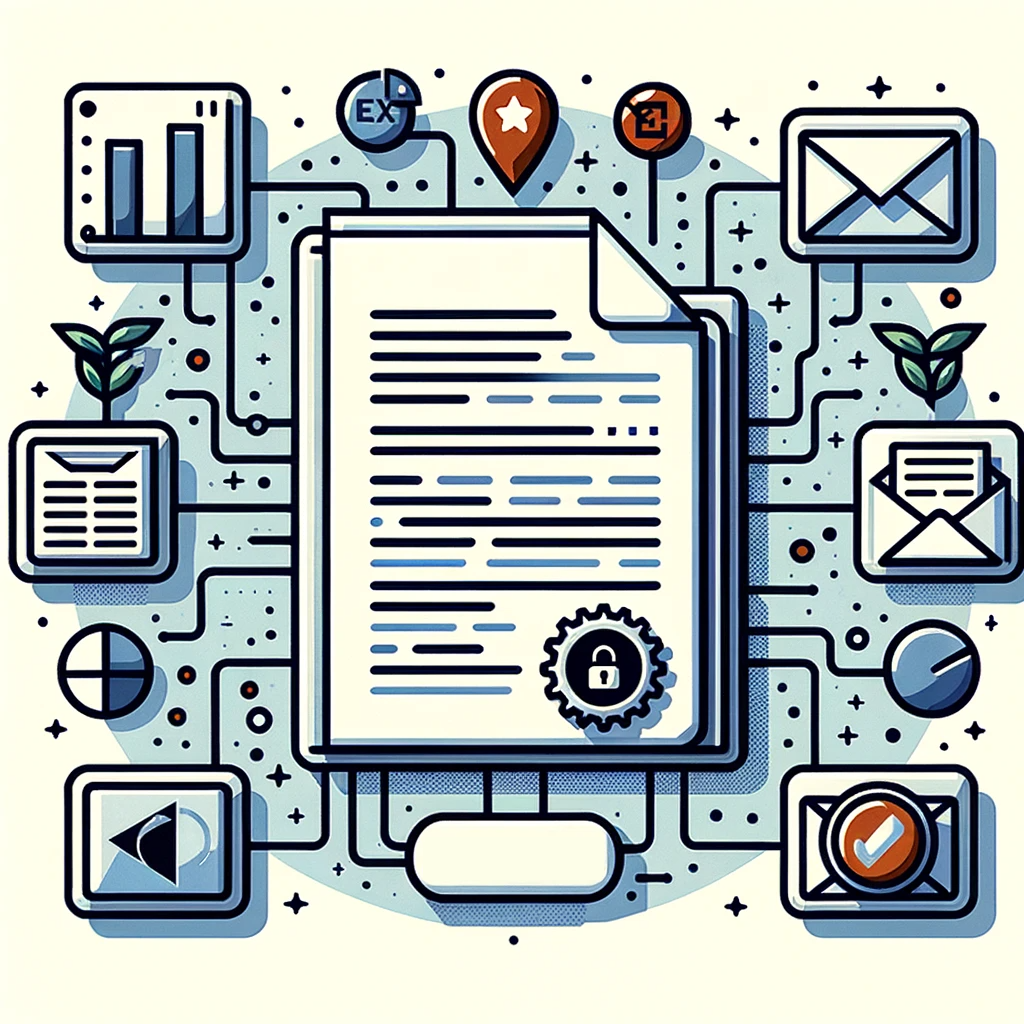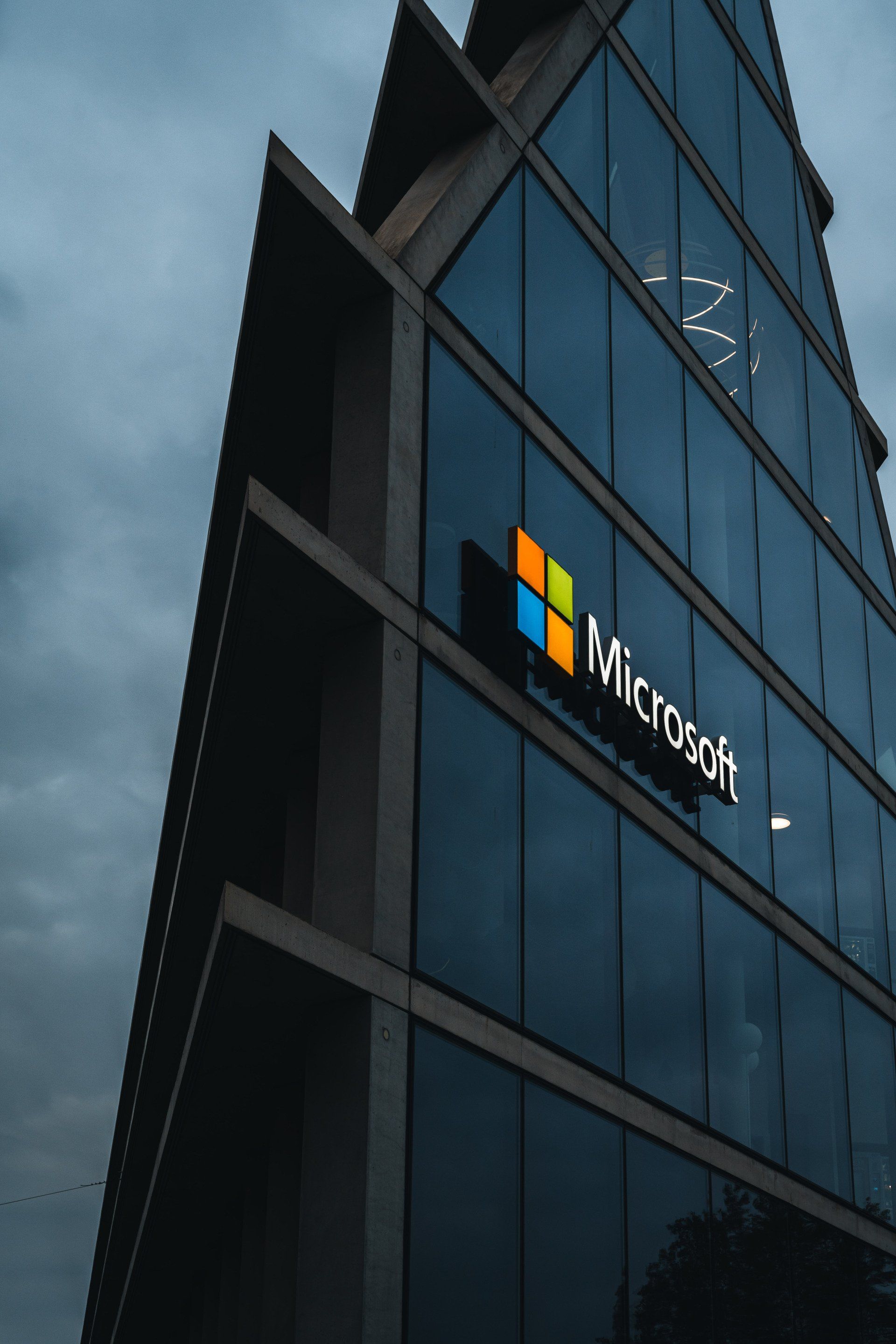Idea on secure the IT in SMB environment
Introduction
As businesses increasingly rely on technology to support their operations and communication, the security of their IT infrastructure becomes a critical concern. Cyber threats such as malware, phishing attacks, and data breaches can not only disrupt business operations, but also damage a company's reputation and financial well-being. To protect against these threats, it is important for businesses to implement effective security measures for their IT infrastructure.
In this blog post, we will explore a simple and effective way to secure the SMB IT infrastructure using various approach.
SaaS-first approach
Software as a Service (SaaS) refers to software that is delivered and accessed over the internet, rather than being installed and run on a local computer or server. This delivery model has several benefits for businesses, including reduced maintenance and upfront costs, ease of deployment, and automatic updates.
A SaaS-first approach involves prioritizing the use of SaaS solutions for the SMB IT infrastructure, rather than relying on traditional on-premises software. This can help businesses reduce the complexity and cost of managing their IT infrastructure, as well as take advantage of the latest technologies and features offered by SaaS providers.
There are various SaaS solutions that can be used to secure the IT infrastructure, including cloud-based security and collaboration tools. For example, you can deploy a cloud-based endpoint management solution such as Microsoft Intune to manage and update your Windows PCs, reducing the risk of vulnerabilities. Additionally, you can deploy a cloud-based email security solution, such as Avanan, Proofpoint, or EMS in Microsoft 365, to protect against phishing attacks.
Endpoint protection
Endpoint devices, such as laptops and smartphones, are an essential part of the SMB IT infrastructure, as they are used to access company resources and data. However, they also present a potential security risk, as they can be lost, stolen, or infected with malware. To protect against these risks, it is important for businesses to implement endpoint protection measures.
One effective way to protect endpoint devices is through the use of endpoint detection and response (EDR) systems. These systems use artificial intelligence and machine learning to monitor endpoint activity in real-time and detect and respond to threats. EDR solutions can provide a range of benefits, including the ability to detect and prevent malware infections, identify and investigate suspicious activity, and respond to threats automatically or through manual intervention.
There are several EDR solutions available on the market, including Crowdstrike, Microsoft Defender for Endpoint, and Sentinel One. When choosing an EDR solution, businesses should consider the size and needs of the organization, as well as the features and performance of the solution. Some important features to consider include the ability to detect and prevent malware, the level of integration with other security tools and systems, and the level of user control and customization. To ensure the effectiveness of the EDR solution, businesses should also conduct user training, set up security policies and procedures, and regularly update and test the solution.
Backup for your SaaS
One important aspect of securing the SMB IT infrastructure is ensuring that data is backed up and can be recovered in case of an outage or disaster. When using SaaS solutions, it is important to confirm that the provider offers adequate backup and recovery capabilities. This may include options for backup frequency, location, and duration, as well as the ability to restore data to a specific point in time. For example, you can adopt Dropsuite to backup your Microsoft 365 and Google Workspace.
SASE for working anywhere
As more businesses adopt remote work, the SMB IT infrastructure must support secure and reliable connectivity from anywhere. A Secure Access Service Edge (SASE) solution can help achieve this by combining network security, cloud security, and network performance optimization into a single, cloud-based service.
SASE solutions can provide a secure connection to company resources and applications from any location, using technologies such as virtual private networks (VPNs) and secure web gateways (SWGs). They can also protect against cyber threats such as malware, phishing, and data breaches, using features such as threat intelligence and analytics, sandboxing, and intrusion prevention. By implementing a SASE solution, businesses can enable secure and efficient remote work for their employees.
Conclusion
In conclusion, securing the SMB IT infrastructure is essential for businesses to protect against cyber threats and support their operations. By using a SaaS-first approach, integrating systems and applications through APIs, protecting endpoint devices, and implementing a secure service edge, businesses can create a secure and efficient IT infrastructure that enables remote work and supports their business goals. By considering the various options and best practices outlined in this blog post, businesses can take steps to ensure the security and reliability of their IT infrastructure.



